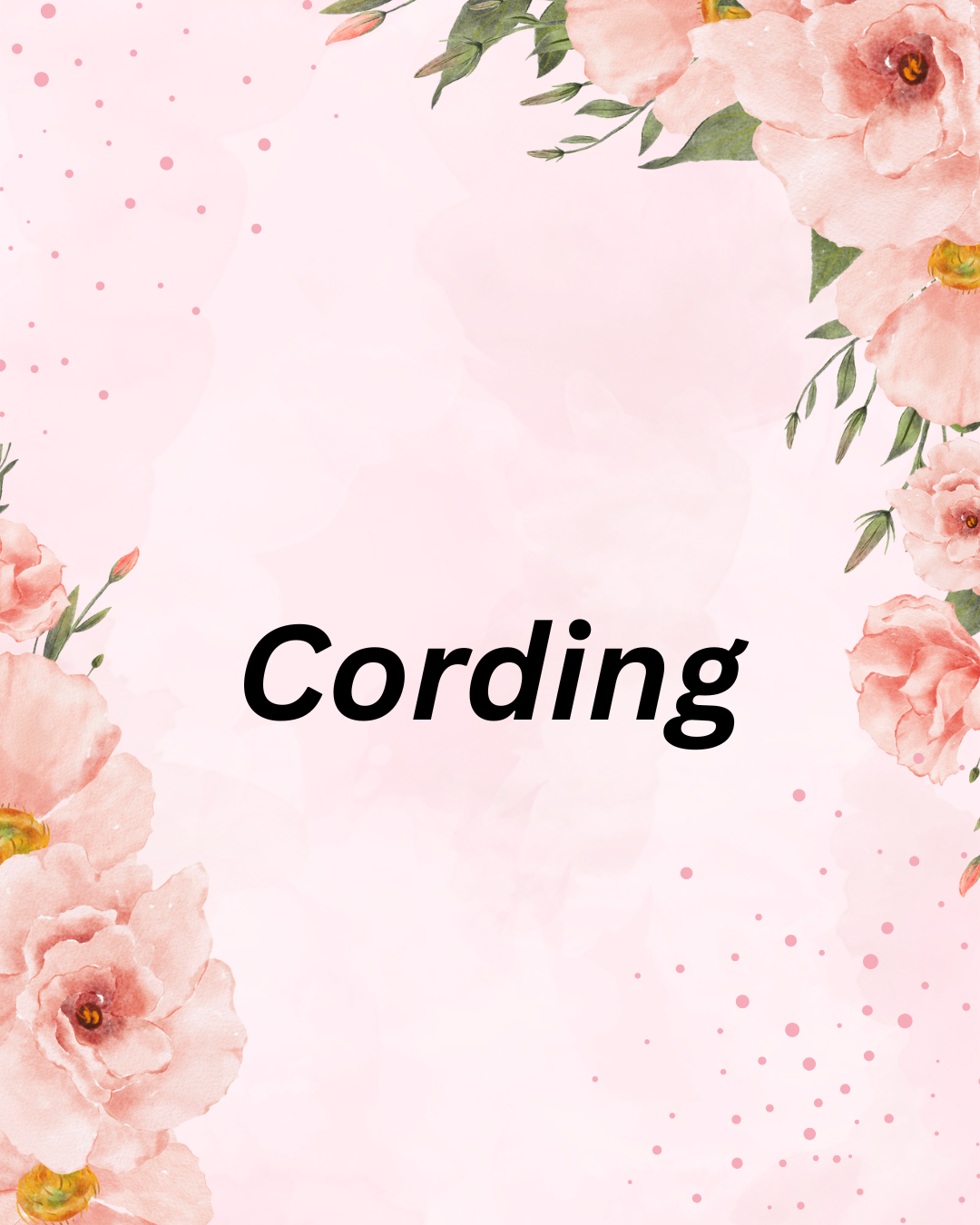Cording After Breast Cancer Surgery
Cording can sometimes occur after breast cancer surgery, particularly when lymph nodes are removed. During surgery, the lymphatic vessels can become disrupted, and in some cases, they heal in a way that creates a tight, fibrous band. This can feel like a cord under the skin.
When this happens in the underarm, it is called axillary web syndrome (AWS).
Cording can also appear:
under the breast
extending from the armpit into the arm
along the elbow or forearm
Why does cording happen?
For those undergoing axillary procedures, certain factors increase the risk of developing cording:
· Axillary node dissection – This is more extensive than a biopsy, and the greater the surgery, the higher the demand for healing. Incidence varies, but some studies suggest cording occurs in 62–85% of people after an axillary node dissection.
These other factors have been reported in the research as having a higher incidence of cording:
Younger age – The theory behind this includes the possibility that younger people often return to higher levels of activity quickly after surgery, which may place more strain on healing tissues. Alternatively, younger active people may report cording more frequently because they want to move their arms in ranges where cording is stretched and this is why it is highlighted in the research.
Lower BMI – The thoughts behind is that cording may be more likely in people with less tissue in the surgical area resulting in more strain on a smaller amount of tissue, or simply that in smaller people it is easier to see and detect cording and therefore is reported in research more.
What does treatment look like?
Every person’s recovery is unique, so I always individualise treatment. Generally, it includes:
Specialist massage techniques for axillary web syndrome, carefully adapted to your response.
Targeted exercises to restore movement without causing unnecessary pain or biomechanical issues.
Close communication with your medical team to ensure a safe and coordinated approach.
Many people find that generic post-op exercises aren’t enough—or can even make things worse if pain and restriction are present. Tailored physiotherapy makes a real difference in both comfort and recovery.
If you are about to start radiation therapy, addressing cording quickly is especially important. In these situations, I often see clients several times in a week to help restore mobility so radiation treatment can proceed as planned.
Common questions about cording
Does it fully resolve?
Often, yes—but not always. My focus is on restoring movement and function so you can get back to living your life comfortably and with good biomechanics. Sometimes small cords remain even years later without causing any problems and it’s only when I assess that we notice it. If it is causing restriction or pain it makes sense to work with me to improve it to reduce the pain and improve shoulder function.
Can it come back?
It can, but once you know what it is and how to manage it, it’s easier to deal with. Some people don’t even realise they have it until it starts limiting movement as per the answer above.
Does radiation impact this?
Yes. Cording is usually easier to treat if radiation isn’t involved. But even if you are having radiation, we can still achieve good results—it may just take a little longer.
Radiation can make the tissues more fragile in the short term and tighter in the long term.
- Initially following radiation the skin and tissues in the radiated area can be sensitive and fragile due to the initial healing from the radiation. The healing process is the surgery plus the radiation recovery. Gentle and individualised treatment is important and the radiated area tends to be tighter and this means cording treatments can take longer to work compared to someone who didn’t have radiation.
- Sometimes, months or even years later, people develop radiation fibrosis (stiffness and tightness caused by increased scar tissue formation). Being aware of this possibility allows you to stay proactive and seek help early if you notice changes.
If the cording has resolved what now?
Because cording can reoccur, I always encourage people who have had cording fully resolve to occasionally return to doing the exercises to see how things are feeling, to listen to their body and to return to physio if they notice increased tightness that isn’t resolving with their exercises. Getting onto cording early will make it easier to resolve and avoid shoulder compensations.
Final thoughts
Although cording can be frustrating, it is very treatable. With the right care, it can be resolved or well managed so you can move freely and focus on recovery.
If you’ve noticed tightness, pulling, or loss of mobility after surgery, you don’t need to push through it. Getting help early can make recovery smoother and more comfortable.
👉 If this sounds like something you’re experiencing, feel free to reach out—I’d be happy to support you through it.
Rachael
NB: I intend this blog post to be informative, brief and at a general advice level, there is always more to say on this topic. For individualised and for the most up to date evidence based care you are best to see me in person or online.

